Are you in the process of buying a new TV? The COVID pandemic kept hundreds of millions of people at home and TV manufacturers could barely keep up with the demand. You’ve also probably noticed that television prices have stabilized in recent years; although the prices for 75 to 85-inch televisions from Sony, Samsung, and LG have climbed as high as $8,000. 8K is still for early adopters and a projector/screen might make a lot more sense if you’re at that budget level.
Our focus is to break through all of the marketing hype and explain to you what you need to consider right now if purchasing a new TV.
- What is the best TV?
- Which TV brands are best?
- What TV should I buy?
- What TV features are important?
The best answer to the questions asked above is to base your choice on your specific needs and budget. No TV has all possible features and capabilities. However, there are key things to consider that will lead you to a good decision that will fit your needs.
TV Brands
Don’t focus exclusively on the TV brand. Even the major brands have pluses and minuses, and with mass production, there is always a chance you can end up with a lemon.
One way to look at TV brands is to organize them into tiers, which indicate brand recognition and provide a general indicator of features and performance. However, keep in mind that within each brand, there are models with different capabilities.
Tier 1: Samsung, LG, Sony, Panasonic (Panasonic not available widely in the U.S.)
Tier 2: TCL, Hisense, Vizio (Some models in each of these brands do well against the tier-one brands). Also, Skyworth and Konka are beginning to enter the U.S. market with some models that may fit into this tier.
Tier 3: Toshiba, Hitachi, Element, RCA, JVC, Sanyo, Magnavox, Westinghouse Digital, Sharp (U.S. models), and store brands such as Insignia (Best Buy), and ONN (Walmart).
Tier 4: Lesser known brands such as Sceptre, Seiki, Proscan, etc…
TV Tech Basics
There are two core technologies used in consumer-targeted TVs, LCD and OLED.
LCD TVs employ an edge or backing layer that produces light that passes through an LCD panel to create images. Within the LCD TV category, there are some variations:
- “LED TVs” are LCD TVs that use LED backlighting.
- “Mini-LED TVs” are LCD TVs that also use LED backlighting, but the LED light bulbs are much smaller, providing more precise control of the light passing through the pixels.
- A “QLED TV” or “Neo QLED TV” is an LCD TV with LED or miniLED backlights plus a layer of Quantum Dots to improve color. The main companies that make QLED TVs are Samsung and TCL.
- A “NanoCell TV” is an LCD TV with LED backlights and an extra NanoCell layer to improve color. This approach is exclusive to LG.
- LG also markets a variation of its Nanocell TVs referred to as “QNED Mini-LED TVs”. These sets add a Quantum Dot layer between the backlight and NanoCell layers in combination with an LCD panel to display the images.
An OLED TV is different than an LCD-based TV. OLED TVs use Organic LEDs which are self-emitting (no blacklight required), producing both light and color. OLED TVs are not as bright as some LCD-based TVs and are susceptible to screen burn-in if the static images are displayed for long periods.
All OLED TVs use screen panels made by LG Display Company (a sister company to LG Electronics) but add their video processing enhancements. TV brands that make OLED TVs include LG Electronics, Sony, Vizio, Panasonic, and Phillips (Panasonic and Philips OLED TVs are not widely available in the U.S.)
LG also markets a variation of its OLED TVs referred to as OLED EVO. These flagship 4K TV sets use an enhanced OLED panel that produces more light output, bringing them closer to the light output found on some LCD TVs.

Another variation of OLED is QD-OLED. This technology is spearheaded by the Samsung Display Company and is currently implemented in select TV models from Samsung Electronics and Sony.
QD-OLED works by utilizing a layer of blue light-emitting OLED pixels placed on the back of the TV. The blue light strikes a layer of quantum dots. This produces green and red light, while a portion of the blue light from the OLED layer passes through to the screen. The combination of blue OLED light with the green and red light Quantum Dots produces displayed screen images.
For more details, check out our companion article: The OLED TV Market is Changing: What You Need to Know

Do Homework Before Buying a TV
Regardless of what brand or type of TV you buy, you should do some homework before making a purchase decision. Don’t get sucked into advertising hype, especially those Sunday Newspaper Ad inserts.
Your Homework should consist of three steps:
- Check the TV’s official product web page to get an idea of what the manufacturer says about their product. This will also provide you with information on where a specific model series is placed in their TV product line (entry-level, mid-range, high-end) as well as providing info on available screen sizes.
- Read some reports and reviews if available. If the TV is a brand-new model, there may not be any reviews published yet. Also, the reviews may not be for the screen size version you are considering, but keep in mind that in most cases, all the screen sizes for a particular model series have the same features and capabilities. In addition, reviews might alert you to any negative issues that you should be aware of.
- Although it’s easy to buy a TV via the Web, try to go to a local dealer and check several TV brands, models, and screen sizes in person. You can then opt to purchase the TV from a physical retailer or go online for a better price and delivery options.
Resolution
Resolution is heavily hyped by manufacturers and sellers. Although it is important it’s just one part of the TV viewing experience.
Here is a list of resolutions available on TVs stated as the number of pixels displayed on a screen:
Resolution Designation Horizontal/Vertical Pixels Total Pixels Displayed 8K UHD 7680 x 4320 pixels 33.3 million (33 megapixels) 4K Ultra HD (Consumer) 3840 x 2160 pixels 8.2 million (8 megapixels) 1080p FHD (Full HD) 1920 x 1080 2.1 million (2 megapixels) 720p HD 1280 x 720 921,600 (Slightly less than 1 megapixel)
NOTE: Today’s 720p TVs technically display 768p HD resolution, but are marketed as 720p TVs. 1366 x 768 pixels = 1,048,088 pixels total (1 megapixel).
When it comes to resolution, it’s difficult to see the difference between 1080p and 4K Ultra HD resolution on screen sizes smaller than 55 inches. It’s also hard to see the difference between 4K and 8K on screen sizes below 85 inches. The reason is that, for most viewers, eyes can’t resolve that much detail on a TV screen.
On the other hand, even if you want to buy a 1080p TV, all TVs 43 inches and larger are 4K Ultra HD TVs and there are some 8K TVs in screen sizes 65 inches and larger. A small number of 720p TVs are available in 32-inch and smaller screen sizes. When it comes to what display resolution is available at specific screen sizes manufacturers have narrowed that decision for you.
It’s also important to note that a specific stated resolution is the same regardless of screen size. A 43-inch 4K Ultra HD TV has the same number of pixels as a 65-inch one. A 65-inch 8K TV has the same number of pixels as an 85-inch 8K TV. What does change is the number of pixels-per-inch (PPI). This is determined by the spacing needed between the pixels for them to fill a specific size screen.
HDR

Another feature that is widely hyped on 4K Ultra HD and 8K TVs is HDR (High Dynamic Range). The HDR process expands the range between light and dark areas of an image and is designed to reveal more detail on both bright and dark objects and improves color somewhat.
To take advantage of HDR, the content needs to be encoded in one of several formats (Dolby Vision, HDR10/10+, or HLG) and the TV needs to be able to decode the format. All TVs with HDR are compatible with HDR10 but may not be with the other formats. If an incompatible format is detected, the TV will default to HDR10 which the base format included in all HDR TVs.
To display HDR properly, you need to look at a specification referred to as NITs. This is a measure of how much light (brightness) a TV can display. The details of the NITS specification are complicated, but for the average consumer, the guideline to check for is the TV’s peak brightness specification: 1,000 Nits or higher for LCD-based TVs, and 700 to 800 Nits for OLED TVs.
There is also another catch regarding HDR implementation. A budget-priced TV may be compatible with HDR but may not always provide the needed brightness level to provide the best HDR display effect. Be wary when you see an ad or encounter a salesperson that claims that a bargain-priced TV is going to deliver great HDR.
Smart TV
Almost all TVs sold these days are Smart TVs. Check to see which one has the smart features and streaming apps you are looking for. For example, Sony TVs use the Android/Google TV platform, Samsung uses the TIZEN platform, LG uses the WebOS platform, Vizio uses the SmartCast platform (based on Chromecast), TCL and several other brands have the Roku platform built-in (These are referred to as Roku TVs). TCL also has some models with Google TV built-in. Select Toshiba TVs have the Fire TV OS built-in. No TV has the Apple TV OS built-in, but some Smart TVs provide access to the Apple TV+ app.
TV Tuner Capabilities
If you receive TV content via antenna, check to see if the TV you are considering has a built-in ATSC 3.0/NextGen TV Tuner. This would futureproof your TV for changes in TV broadcasting (which includes both 1080p and 4K) that are slowly being implemented over the next few years. If the TV doesn’t have this feature, you will be able to connect an external box later, but that will be an additional cost. For more details, including availability by city, check out the Watch NextGen TV website. Of course, all TVs have an HD tuner for receiving current digital and HD channels.
Viewing Angle

When buying a TV consider the viewing angle. This means how far off to the side can you view the image before see color and contrast fading. This is important if you are buying a family TV or have friends over often to watch TV (such as sports). If the TV has a narrow viewing angle, those that sit even slightly off to side may not get the best color and contrast balance. Ignore what the TV specs say, as the viewing angle is almost always overstated. Check it yourself before buying, if possible.
TIP: OLED TVs have wider (better) viewing angles than LCD-based TVs.
Glare
One of the things overlooked in TV buying is susceptibility to screen glare. You buy what you think is great looking TV, but when you get it home and turn it on, you see objects in your room and light coming in from the windows reflected off the screen.
No TV is completely glare-free, and you can close drapes or blinds and place room lamps off to the side so that the light doesn’t reflect off the screen, but another preventative measure you can take before you buy the TV is to check for any screen glare issues at your local retailer if it is on display. You will find that some TVs will have less screen glare than others. TVs that have a “glossy” screen will be more susceptible to glare than a TV with a “matte” surface.
TV Screen Size

Determine what size TV will fit in your space. If shopping online, check the TV specifications regarding the size and the added length and with regards to the bezel/frame and provided stand. If you are going to a physical retailer, bring a tape measure! The standard screen sizes for TVs periodically change but common screen sizes include 32, 43, 48, 49, 55, 65, 75, 80+ inches.
When considering the screen size, not only do you need enough space to place or wall mount your TV, but also consider the optimal viewing distance from your viewing position and the screen.
Inputs
Check the TV specifications for the number of HDMI and other types of connections provided. HDMI is the default connection standard for most video source devices.
TIP: For best future-proofing check to see if the TV has at least one HDMI ver 2.1 input and that the other HDMI inputs are ver 2.0.
Gaming
If you are a gamer, check for features such as Game Mode, ALLM (Auto Low Latency Mode), and VRR (Variable Refresh Rate). These features are designed to provide smooth gameplay from compatible gaming consoles. Another thing to check for is the TV’s ability to display 4K HDR at 120Hz.
Remote Control and Menu Navigation

Although there are a lot of over-hyped things, one that is often overlooked is which TV has the remote and on-screen menu system that is easiest for you to use. The TV may have all the features and capabilities you are looking for but if you get it home and find out you have trouble using it, then you get frustrated with your purchase.
Before walking out of the store with your TV, ask to see the remote control, make sure it’s comfortable in your hand, and that the button layout is logical to you. Some TV brands/models also support voice control by Alexa, Google Assistant, or a homegrown voice control option that can be accessed by a microphone on the remote or the TV or via an Amazon Echo or Google Home/Nest device.
TV Sound

Most TVs don’t have a very good speaker system since they are so thin. Why reach into your wallet to buy a great TV, but put up with substandard audio?
If you find the TV sound lacking, consider purchasing a soundbar or speaker system in combination with a home theater receiver.
Soundbars are great for small spaces and usually for small budgets (although some soundbars can be very expensive). Some retailers offer TV/soundbar bundles.
However, if you want a home theater listening experience, consider at least a 5.1-channel receiver/speaker system.
Check out our buying guide on everything you need to know about improving your TV sound experience.
Related Reading







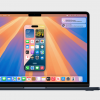




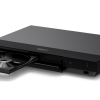
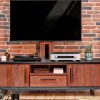







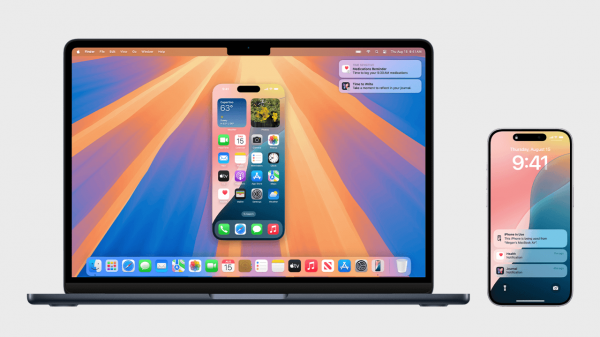


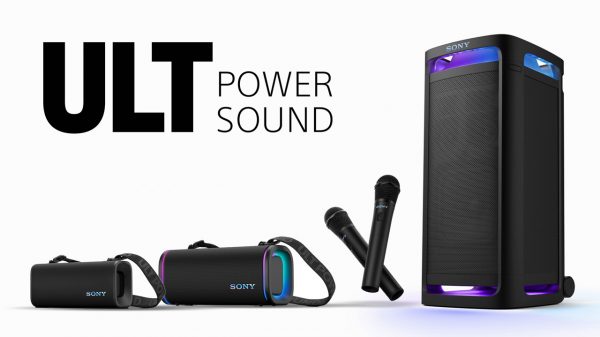



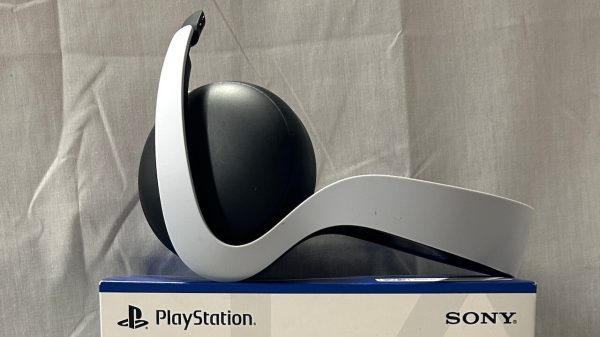





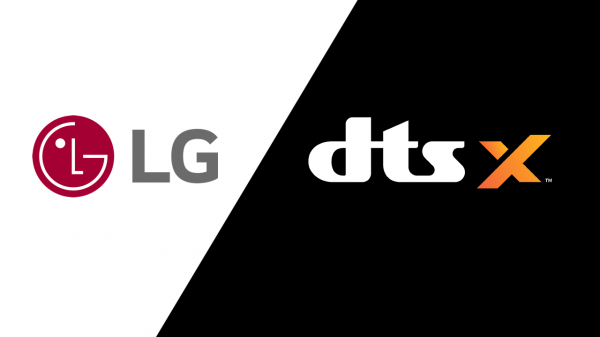












Gary Cardenas
July 5, 2021 at 3:22 pm
Wish you would expand on the Smart TV aspect and the GPU horsepower from each manufacturer.
Ian White
July 5, 2021 at 4:33 pm
Gary,
I have passed that request on to Robert.
Best,
Ian White
Robert Silva
November 9, 2021 at 3:20 pm
TVs have video processors to fine-tune video display quality, but they don’t have dedicated GPUs such as gaming consoles or PC might have. In addition, TVs may have different processors for different aspects of video display, such as scaling, motion, etc… The actual processor or combination of processors used may not only vary by brand, but by model series within each brand – and may further change each model year. This means putting together the type of list or chart you inquiring about would be constantly outdated. Here is a reference article that provides an overview of this topic: https://techparasol.com/tvs-graphics-cards/